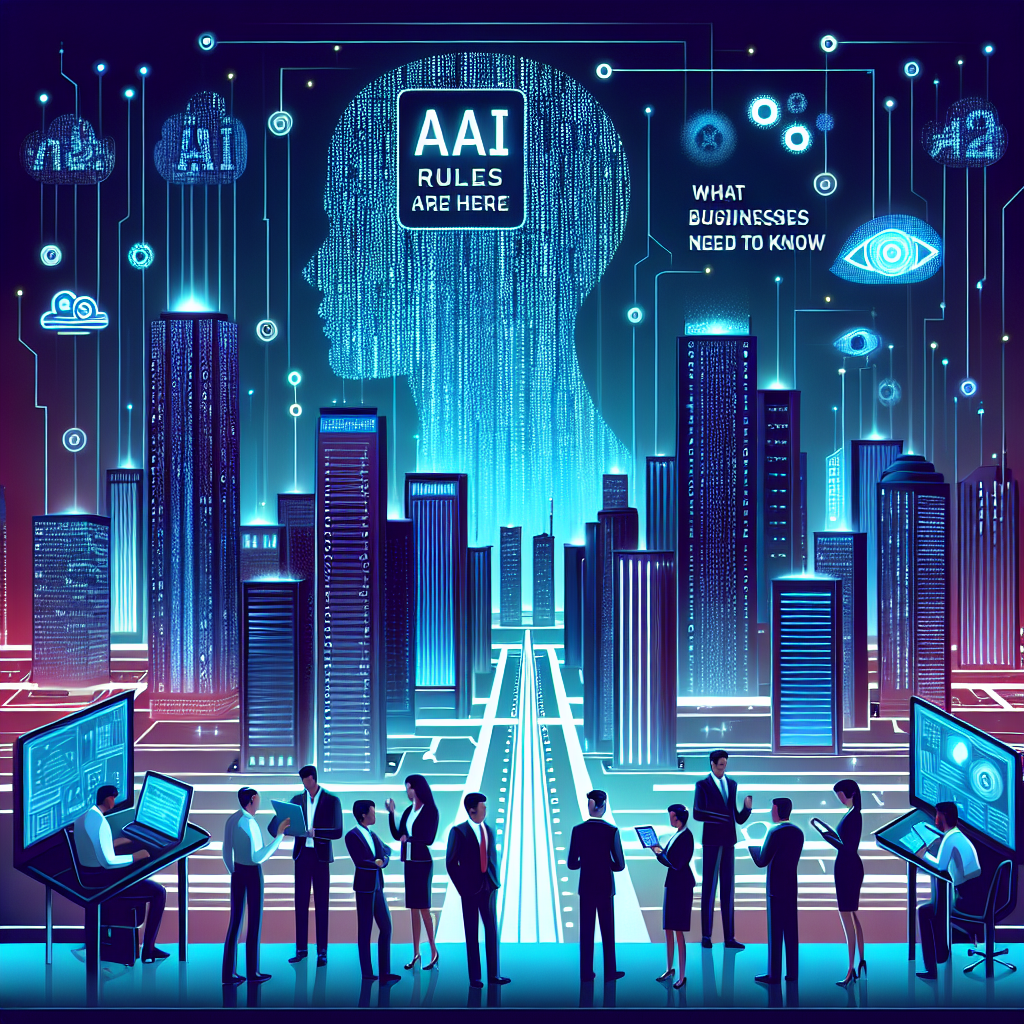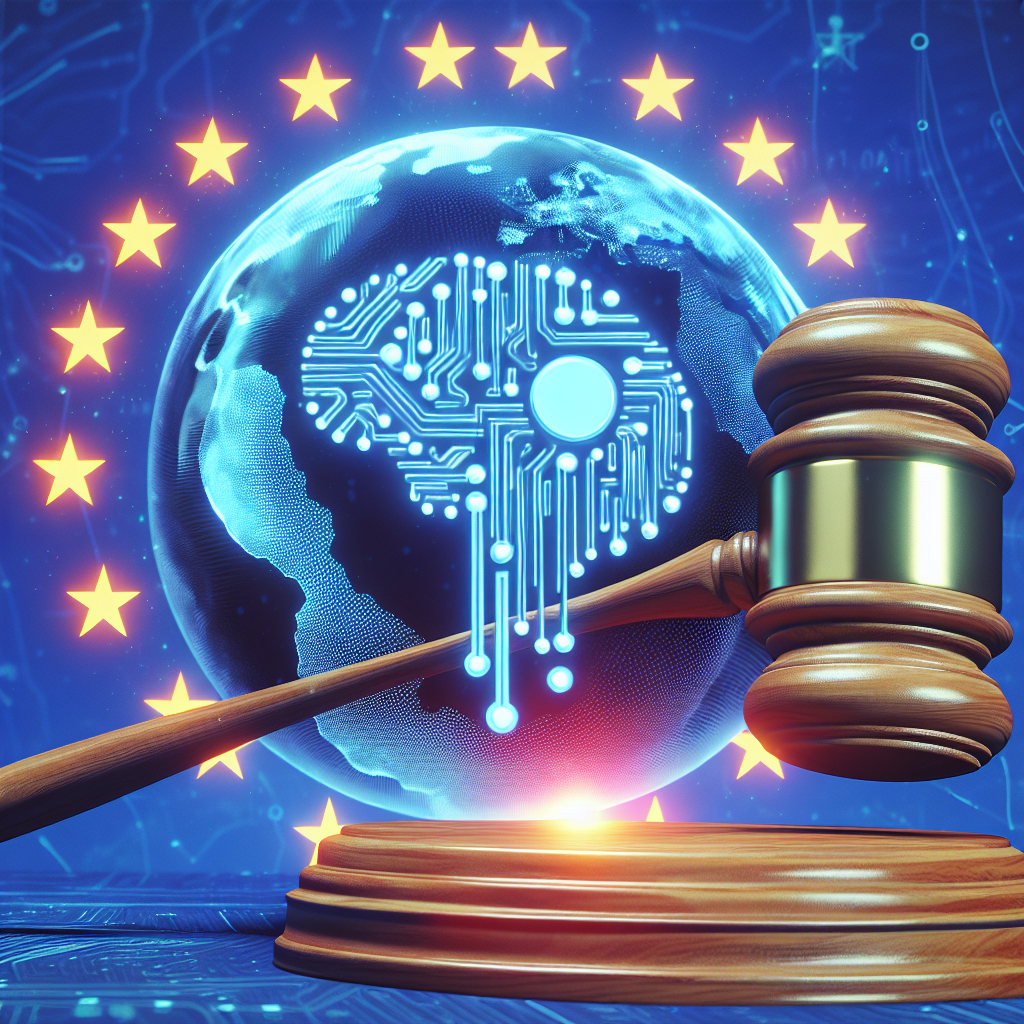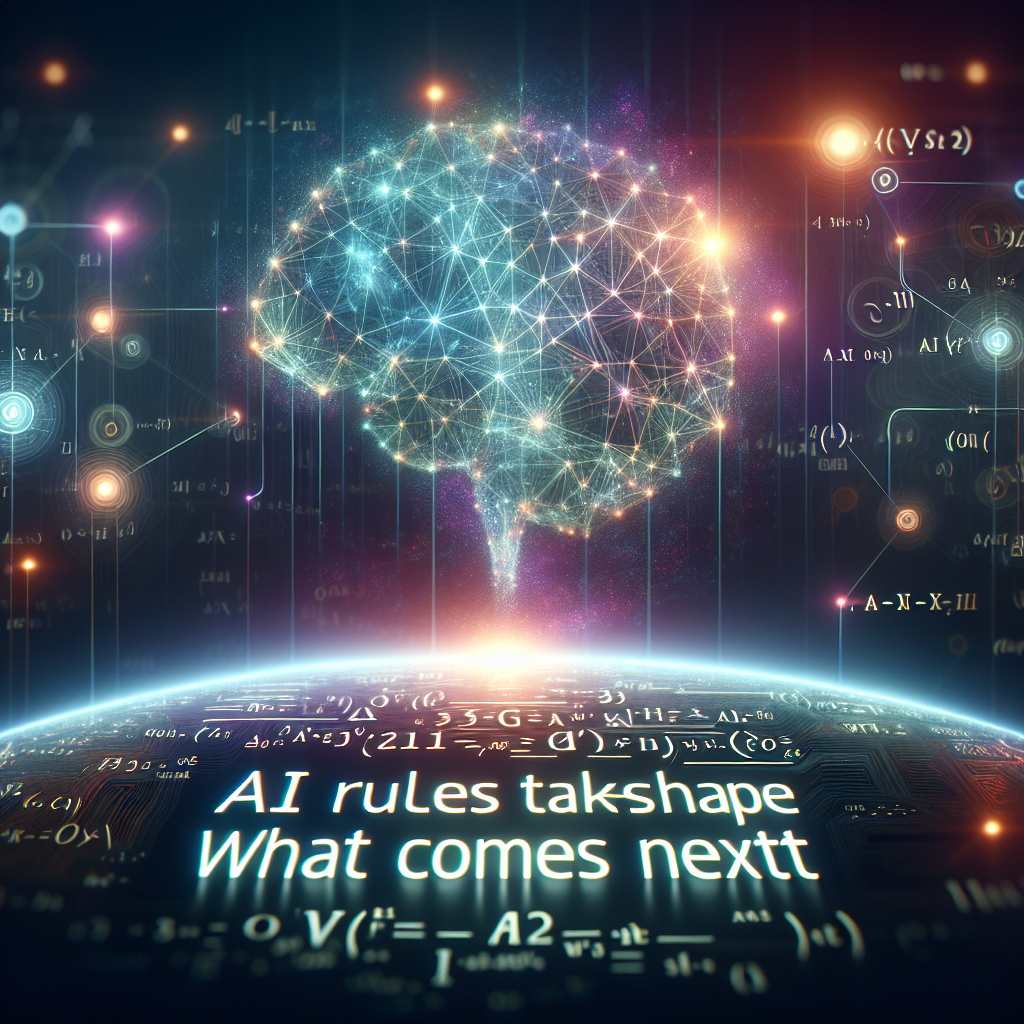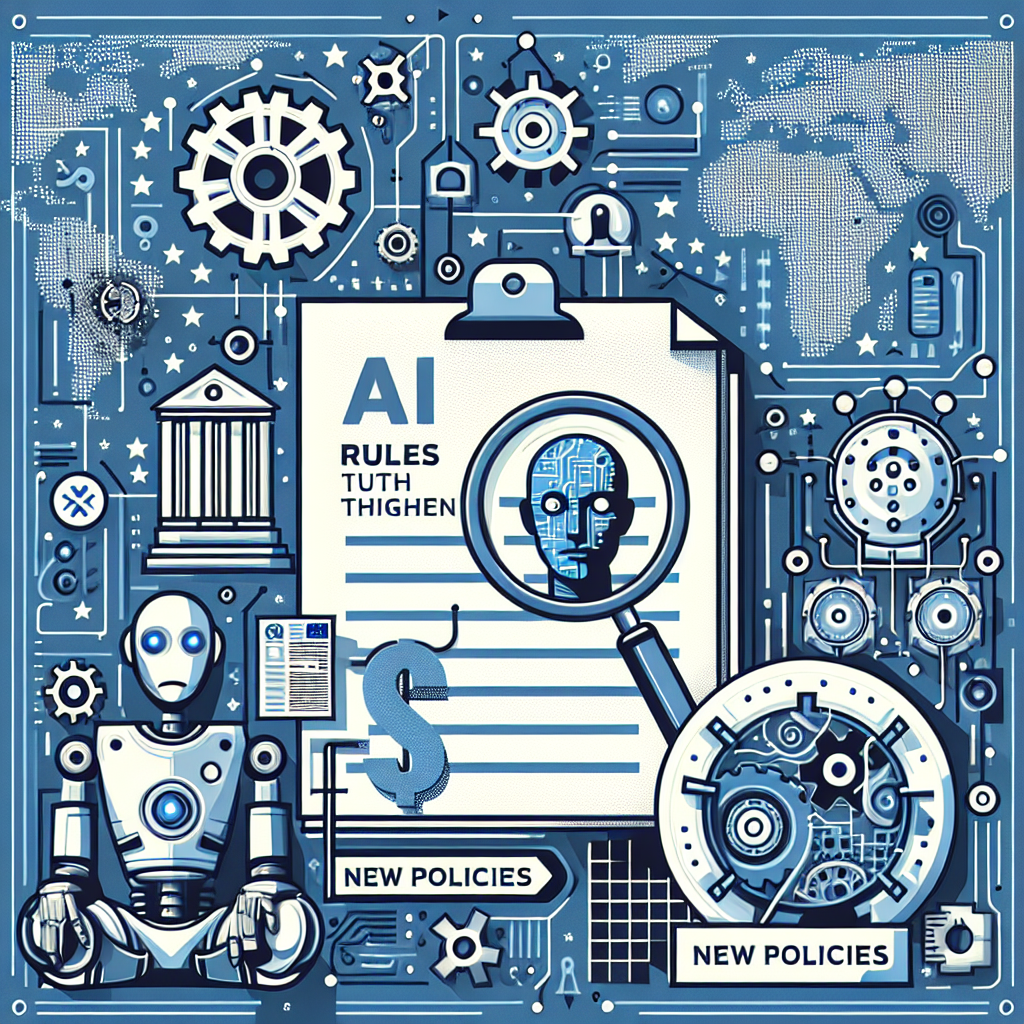AI’s Power Problem Tests the World’s Grids

AI’s rapid rise meets a hard reality: electricity
Artificial intelligence is spreading fast from research labs into everyday products. The boom is powered by larger models and nonstop demand for online services. That progress carries a heavy cost in energy and water. Utilities and policymakers now face a new question: how to keep the lights on as AI scales.
Data centers are the backbone of this shift. They host training for large models and the steady stream of queries that follow. Both are resource intensive. Training a frontier model can take weeks on thousands of specialized chips. Inference, the process of serving answers, runs around the clock worldwide. The result is a sharp increase in power demand clustered in a few regions.
What is driving the surge
Generative AI models are larger and more complex. They also are used by more people. That combination multiplies compute needs. The Organisation for Economic Co-operation and Development updated its definition in 2023 to focus on how modern systems work. An AI system is, in the OECD’s words, “a machine-based system that, for explicit or implicit objectives, infers, from the input it receives, how to generate outputs such as predictions, content, recommendations, or decisions that can influence physical or virtual environments.” That breadth explains why demand is growing across sectors, from media to medicine.
Vendors are racing to supply the chips and servers that run these systems. Training clusters may draw tens of megawatts. New campuses are planned in North America, Europe, and Asia. Many are locating near fiber routes and existing substations, which concentrates load in a handful of hotspots.
The energy math, in numbers
Independent analysts warn that the curve is steep. In a 2024 outlook, the International Energy Agency said, “Electricity consumption from data centres, AI and cryptocurrencies could double by 2026.” That forecast reflects growth in both training and inference workloads.
Local evidence is building too:
- Northern Virginia, USA: Utilities in the region have faced surging demand from data centers. They have accelerated new transmission lines and substation upgrades to catch up.
- Ireland: The grid operator has projected that data centers could account for a large share of national electricity use by 2030, prompting tighter connection rules and efficiency targets.
- Singapore: After a pause on new data center permits, the government restarted approvals with strict energy-efficiency criteria and caps tied to green performance.
These cases show a pattern. AI’s power needs do not rise evenly. They arrive as big blocks of demand that can strain local grids if planning lags.
Water, heat and the cooling challenge
Electricity is only part of the story. Cooling removes heat from dense racks of servers. Traditional air systems struggle as chips run hotter. Operators are shifting to liquid cooling and to designs that recycle heat where possible. Water use is sensitive in drought-prone regions. Some data centers are moving to closed-loop systems or using non‑potable water. Others are siting near cooler climates to reduce strain. The goal is to cut both energy for cooling and total water withdrawal.
How the industry is responding
Technology companies say they can manage AI’s footprint while scaling up. Their strategies fall into a few buckets:
- Clean power procurement: Large buyers sign long-term contracts for wind, solar, geothermal, and emerging sources like advanced nuclear. Google says it is working to run its operations on “24/7 carbon‑free energy by 2030.” The aim is to match consumption with carbon‑free generation in every location, every hour.
- Efficiency gains: New chips perform more work per watt. Software schedules jobs to avoid peak hours. Model designers are pruning networks, quantizing weights, and caching results to cut compute for inference.
- Infrastructure upgrades: Liquid cooling, higher‑voltage distribution, and better airflow design reduce losses. Some campuses plan on‑site batteries to smooth short spikes in demand.
- Heat recovery: In colder countries, excess data center heat is piped into district heating, lowering emissions elsewhere.
Chipmakers also pitch a path forward. They argue that each generation delivers more performance per unit of energy. That is true at the component level. The system picture is more complex. As services expand, total demand can still rise.
Grid operators adapt to the new load
Utilities are updating forecasts and interconnection queues. Projects that once took years now need to move faster. Transmission lines require permits and public support. Delays ripple across regions. Regulators in the United States have pushed reforms to speed up how new loads and new generation connect to the grid. In Europe, network planners are coordinating cross‑border flows to handle large, fast‑growing clusters.
Transparency is a recurring theme. The European Union’s revised Energy Efficiency Directive requires large data centers to report energy and water metrics to national authorities. The goal is to inform planning and to drive best practices. Cities and states are adding siting rules to balance economic gains with local impacts.
Costs, benefits, and trade‑offs
AI’s potential is large. It may speed up drug discovery, improve industrial maintenance, and help integrate variable renewables by forecasting supply and demand. But scaling these benefits needs clear choices:
- Where to build: Placing new capacity near abundant clean energy and cooler climates can lower impacts. It may also move jobs away from traditional tech hubs.
- When to run: Shifting non‑urgent training to hours with more clean power reduces emissions without slowing innovation.
- How to measure: Standard metrics for energy use, carbon intensity, and water consumption can make claims comparable across companies.
Experts emphasize that baselines matter. Efficiency improvements are welcome, but absolute use is the key factor for grids and climate goals. If AI services grow much faster than efficiency gains, total emissions can still climb.
What to watch next
Three signals will show whether the system is keeping pace:
- Procurement scale: Larger, more diverse clean power contracts close to load centers, including firm resources for evening peaks.
- Infrastructure timelines: Faster interconnection for both generation and large loads, with fair cost allocation.
- Disclosure quality: Consistent reporting of hourly carbon metrics and water use, reviewed by independent bodies.
Policy developments also matter. National AI strategies increasingly include energy chapters. Some tie permits to efficiency or to local grid upgrades. Others offer incentives for colocating with renewables or for heat‑recovery projects.
The bottom line
AI is no longer just a software story. It is an infrastructure story. The IEA’s warning about a possible doubling of data center electricity use by 2026 sets a clear marker. Meeting that challenge will require coordinated action from chipmakers, cloud providers, utilities, and governments. The technology will keep advancing. The task now is to scale it in a way that fits the limits of power systems and the climate targets that many countries have set.



























































































































































































































































































